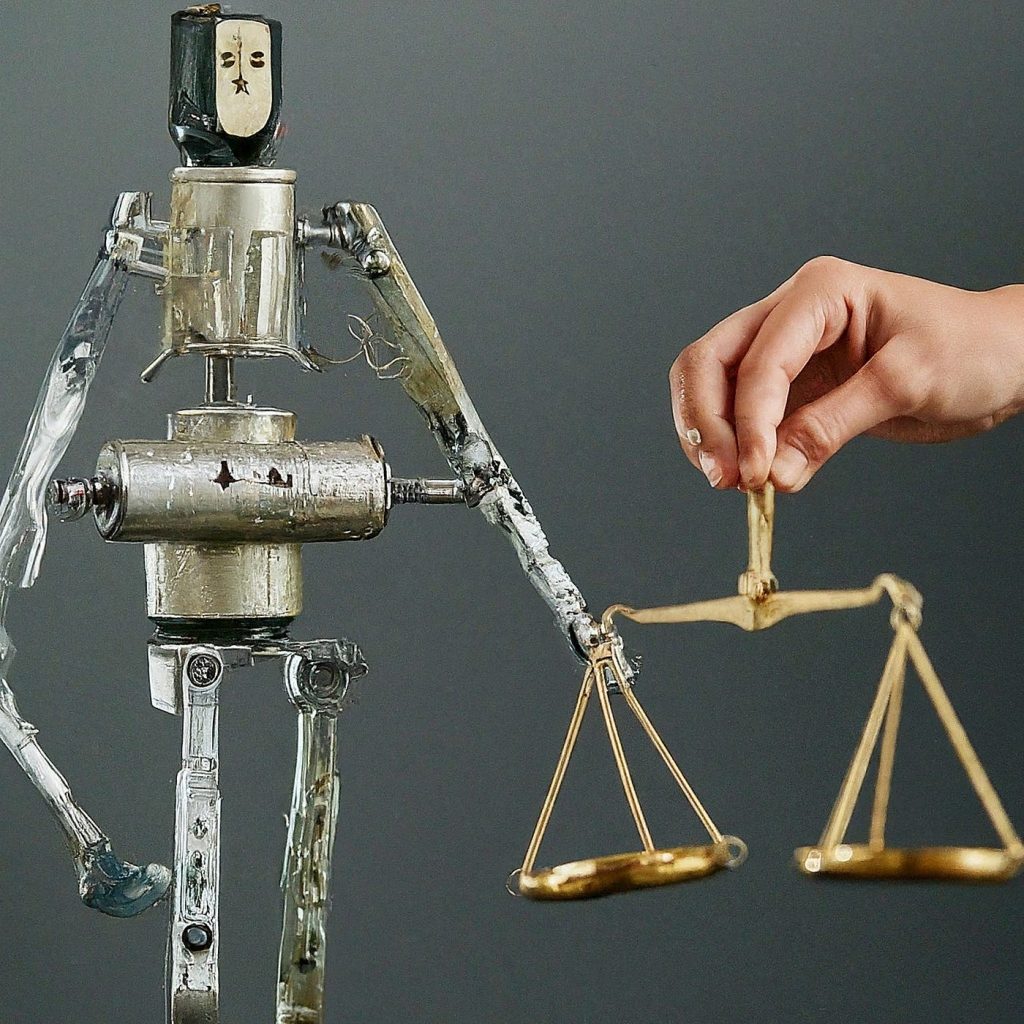Context:
The United States, the European Union, and the United Kingdom have made a landmark move by signing the first legally binding international treaty on artificial intelligence (AI).
More on the news:
- The treaty was recently signed at a Council of Europe conference in Vilnius, Lithuania.
- It is also known as the Council of Europe Framework Convention on Artificial Intelligence, Human Rights, Democracy, and the Rule of Law.
- This landmark agreement marks a crucial step in global efforts to regulate AI technologies, highlighting the need to balance innovation with the protection of human rights and democratic principles.
Artificial intelligence (AI):
- It refers to computer systems capable of performing complex tasks that historically only a human could do, such as reasoning, making decisions, or solving problems.
Council of Europe:
- It is an international organization dedicated to promoting human rights, democracy, and the rule of law in Europe.
- It was founded in 1949 and is headquartered in Strasbourg, France.
About the AI Treaty
- The AI convention, developed over years of negotiations among 57 countries including key AI players like the US, UK, EU, Japan, Canada, and Australia; aims to mitigate AI risks while fostering responsible innovation.
- Led by the Council of Europe, the treaty ensures AI systems adhere to human rights, democracy, and the rule of law.
- It adopts a risk-based approach to the design, development, use, and decommissioning of AI systems.
- This includes AI systems used in both the public sector, including companies working on its behalf, and the private sector, and applies across different regions.
- In addition to the US, UK, and EU, a diverse group of countries, including Andorra, Georgia, Iceland, Norway, Moldova, San Marino, and Israel, have signed the treaty.
- Several non-member states, such as Argentina, Australia, Japan, and Mexico, were involved in drafting the treaty and are expected to sign it soon.
Significance of the AI Treaty
- The treaty comes at a time when AI is increasingly used across various sectors, raising concerns about privacy, discrimination, and misuse therefore it is a crucial step to harness AI without compromising human rights and the rule of law.
- Accountability and Rights: The treaty holds signatories accountable for harmful or discriminatory AI outcomes, mandates respect for privacy and equality rights, and provides legal recourse for those affected by AI-related human rights violations.
- Framework and Reach: The treaty advocates for an “open and inclusive” framework with a global reach, aimed at promoting innovation while managing risks throughout the AI lifecycle.
- Regulatory and Innovation Balance: It establishes a regulatory framework to manage AI risks while supporting innovation, with an emphasis on setting a global standard.
- The broad international participation underscores the treaty’s global significance, extending its reach beyond the EU’s recent AI Act, which focuses on regulating AI within the bloc.
Issues and Concerns with the Pact
- Lack of Punitive Sanctions: The treaty, despite being described as “legally binding,” does not include provisions for penalties or fines.
- Enforcement Weakness: Compliance is primarily ensured through “monitoring,” which may not effectively deter non-compliance from an enforcement perspective.
- The principles and obligations outlined in this convention are so broadly formulated and laden with caveats that they cast significant doubts on their legal certainty and effective enforceability.
Also Read:
Swachh Bharat Mission (SBM) Drives Significant Reductions in infant mortality rates in India

